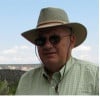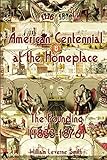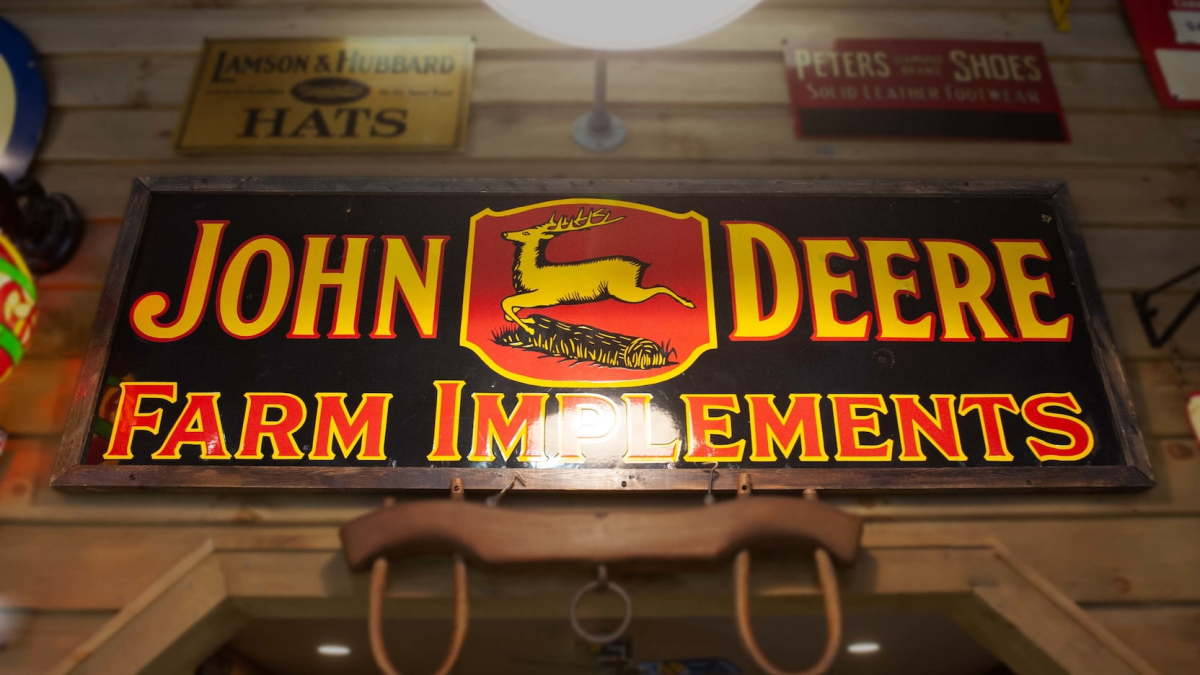Jake Patton Memoirs - JP3 - Jake Helped the Group Prepare for Departure
They sought a valley where they could build a permanent community
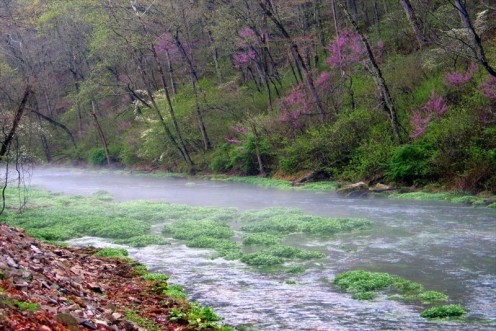
All Group Members Worked Through the Winter on Preparations
Everyone agreed that the Spring of 1833 would be the time to set out to their new homes in a valley to the east and south of our current location, three to five days trek away. We had chosen a primary location and two secondary choices, if necessary. So, there were many decisions and activities that needed to be completed during the ’32-33 winter months to be ready to leave in March or early April. There were three households with more “material goods” than could or should be transported. What would go on the first trip? What was essential for the first few months of living in a strange valley where they would be living to make new homes? Some animals, some farming equipment, seeds and plantings, food supplies that could not be gleaned from the land, etc. had to be determined. What needed to be stored here at the lumber camp for later retrieval on return trips? How would the rest be disposed of?
They decided to construct four one-oxen-drawn, one-axle carts to take on the initial trek to the valley. This determined the limits on what could be taken. Collectively they worked out the compromises on what would be carried in the carts. Everyone would be walking. Each would be driving the carts while walking along side, or herding or looking after the animals to be taken with them. Some members of the group would need to be carrying rifles to meet emergencies. These kinds of things needed to be thought through carefully by everyone. Roles needed to be determined. What could and would the young people be doing. They were assigned responsibilities they could handle and they practiced them in preparation. Each cart pulled by an oxen needed to have two people prepared to handle that cart. Each would practice with the ox that would pull their cart.
The McDonald family planned to sell their house with acreage before they left. The Baldridge’s lived in a house at Robert’s father’s mill site, so it would not be available after they left. We, Kate and I, decided to keep our house, and use it for storage and as an overnight accommodation for those occasional return trips. Eli Truesdale agreed to ‘keep an eye on the place’ while we were away, at least for the first year. In the meantime, of course, we each had our current jobs with work to do and problems to solve. I needed to decide how much of my blacksmithing and gun smithing tools and materials I could take. How much could I store and retrieve later? I certainly needed a good bellows and materials to make a forge at the new location. With my basic tools and an appropriate mix of materials, I should be able to function for those first months. Gun smithing would come later, except for repairs, I assumed. Likewise, Henry had a quality plow that could be used for breaking the sod. Those decisions continued through the winter.
They wanted a home with a mix of pine, oak and hickory along with grass lands
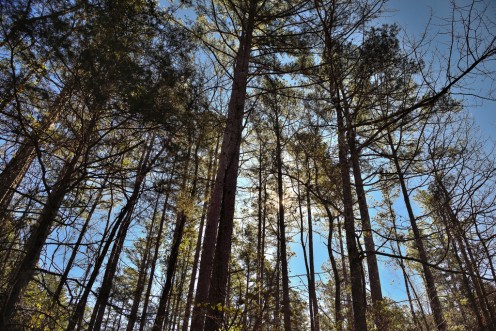
Four Men Made the Trek to the Primary Valley Location
It was late March by the time we were each ready and had completed the planning for our inspection trip to our primary valley of choice. Robert, Henry, Hugh, and I walked to the valley. We chose existing Indian and animal trails, assessed the paths we chose, and ascertained that this trek was feasible for the carts. We followed the ridges, then the saddle between ridges, up and down and around. Along the way, we identified some usable springs and watering holes that would be useful on the group trek to the valley. We saw signs of earlier Delaware and Shawnee hunting parties having passed by, but they were not recent. We marked the trails we followed well both for our return trip and, hopefully, for our imminent return trip with the group, we hoped and assumed.
We were pleased that by the fourth day when we arrived at the valley we had chosen, we had still not run across any other signs of settlements. We were the first. A strong creek ran along the east end of the valley, including a falls off a ridge. Robert confirmed the location and elevation drop would justify a mill at the location. The land to the west of the creek was determined to be virgin land suitable for agriculture. It laid fairly level, a few feet above the creek bed, so even floods should not be a problem. There were no signs of that issue from the past. The valley floor was primarily grass land with oak, pine and hickory trees near the waterways and on the ridges. In the center of the valley, a smaller stream ran north to southeast, from a medium sized spring to the north of the valley floor. There was a small spring near that stream, that appeared to be perfect for my blacksmith shop location. Decent agricultural land continued to the west, where another small stream fed in from the west. Each of these streams converged to the south and east end of the valley. Information gathered from travelers indicated all the streams of this valley merged into the Current River several miles to the southeast. We determined that this was to be our valley, our new home.
Young Hugh Truesdale agreed to stay in the valley to hold onto our claims should others arrive before we returned. He also set about felling trees that would be needed for cabins and other construction upon our return. Robert, Henry and I returned along our marked path. Our final mission as we did that was to, as best we could, clear a wide enough path that the carts could clear the underbrush when we returned with them in a matter of days. We were determined to leave with the carts loaded within five days of our return to the lumber camp area. That was our goal.
They found what they came to call the Oak Creek Valley and called it home
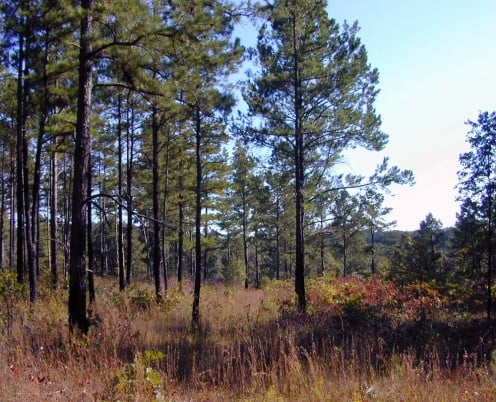
The Rest of the Group Welcomed the Men Back and Prepared for the Trek to a New Home
It took us a full day longer on the return trip, but the time we took to clear a cart path was well worth the investment. We were each happy to see our families and let them know we had found our new home. However, we were also almost solely focused on getting the carts loaded and on our way back to that new home with our full contingent in tact and working hard on that goal.
In a little over a week, our group had met their goal, and arrived in what we had come to call the Oak Creek valley. [See details of that trek over in The Founding stories - Become a Patron today, see below, to read The Founding stories weekly.] [See JP4, to follow]
Read The Founding in book format
From the Author
This series of stories, JPx, is part of a first draft of what I hope and assume becomes a published novel in support of “The Homeplace Saga” series of family saga, historical fiction stories. It features the self-told story of one of the original settlers of the Oak Creek Valley, Colonel Jake Patton. Some, including him, would say he was the leader of the group. He had a very big ego, that is for sure, but he always tried to make it look like what he was doing was for the benefit of the community. And, of course, it was. But, there was always something in it for him, as well. He managed to grow the inheritance he was fortunate to receive from his father into something that left a nice trust fund for his descendants. We’ve already seen some of these stories, earlier, in the Saga tales. Come along, and let’s see how Colonel Patton tells his own story… [Note, for example, that he doesn’t detail ‘the trek’ - he was there, but it was not a big deal to him… the planning was, but the trek itself.]
Note: I will publish JPx hubs, from time to time. I will write occasional notes at Patreon about Jake Patton. Become a Patron, today. I may write other things elsewhere. These are each a part of the creative process to create the true first draft of a novel. You, my readers, can take part in this effort at www dot patreon dot com slash HomeplaceSagas. Join us there Today.
